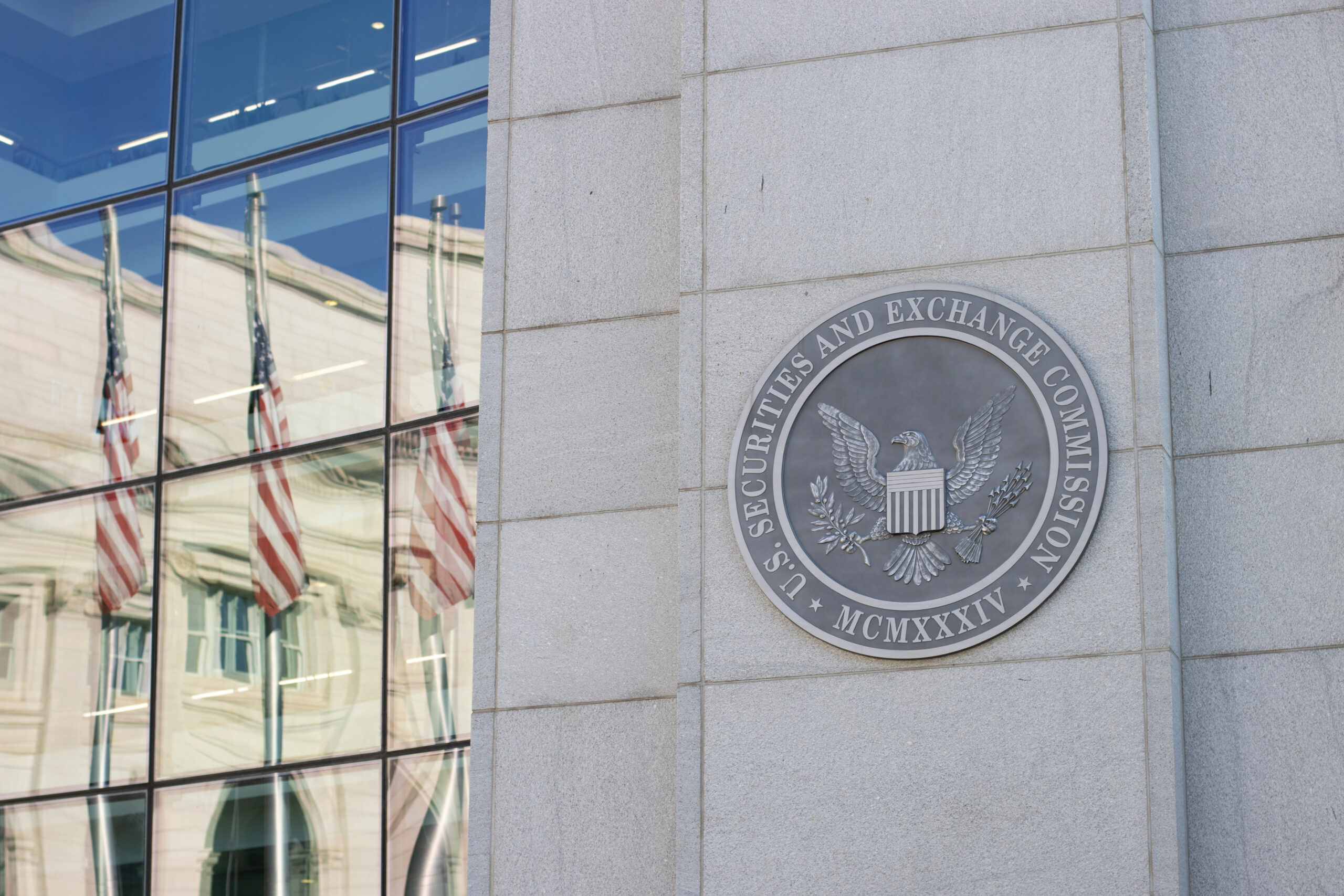Renewables and hydrocarbons jostle for investors
Inflationary pressures are making investment in low carbon solutions more expensive, while ESG concerns mean many O&G companies are also avoiding an increase in hydrocarbon investment.

Volatile energy markets, rising interest rates and other inflationary pressures are making investment in renewables and other low carbon solutions more expensive, which is putting off investors – including cash-rich oil and gas companies, which have a threshold for green investment. And while returns on potential new oil and gas projects soar with prices, ESG concerns mean many O&G companies are also avoiding an increase in hydrocarbon investment.
This could leave both renewables and fossil fuels unable to secure sufficient investment to ensure adequate supply to fully meet global energy demand going forward.
O&G companies “have been increasing capex but only moderately and this includes investment in clean technologies ”, Dr Bassam Fattouh, Director of the Oxford Institute for Energy Studies, told Gas Outlook. “Instead, [they are] giving back money to investors through share buybacks and dividends. This is a sign that returns in new energies are not high enough or viable business models are yet to be developed.”
On the inflation front, renewables are impacted more by materials inflation, interest rates and supply chain issues than hydrocarbons due to lower energy density of output (i.e. renewables require more equipment and capital per unit energy generated). This has put considerable pressure on margins and investment programmes, which has been reflected in lower equity market valuations for green generators and refiners.
Oil and gas investment meanwhile, is being constrained primarily by ESG considerations, although inflation is also increasing costs, especially upstream in the US shale patch, where levels have risen about 20% already this year. The inflationary problem is compounded as capex programmes are accelerated, because demand for materials and services increases, which pushes up costs. However, the surge in oil and gas prices has made it easy to afford the increased costs if companies are prepared to raise budgets.
“Oil and gas is generating a lot of cash flow – there are some inflationary pressures in US shale, but price rises are covering this. ESG is the main constraint on oil and gas investment – how investors feel about putting money back into oil and gas,” said Fattouh. “The attractiveness of upstream oil and gas is very high at the moment – so it’s tempting to put money back in at least in the short run, although investors/shareholders may not like this… But from a global perspective the world still consumes oil and gas. We need investment in those sectors. Oil and gas demand is still rising globally.”
While renewables providers have been enjoying some increased revenue from higher power prices, much of their output is sold at a fixed price. Fattouh said that while some renewables segments – wind and solar – were making more money in the high priced environment, they generally operated in more regulated markets. But for CCS, and long term energy storage, there were “not commercial models yet”. He said government incentives were required.
However, the market is providing an ever rising incentive to store power, as price differentials between periods of high and low renewables grow. Fattouh said demand response was key alongside efficient storage techniques, but that both these were in early development stages and needed support. “For new technologies you need models that generate attractive rates of return without support, or the support needs to be clearly laid out. To make these technologies viable,” he said.
He acknowledged that the OIES had been looking at a two-market design that separated intermittent renewable power from dispatchable mostly hydrocarbon supplies – breaking the link between high gas and power prices. But in such a complex market, he noted the difficultly in coming up with an efficient, responsive design that provided clear investment signals.
Diversifying supplies from Russia
While rises are expected next year, most oil and gas companies are holding upstream hydrocarbon budgets steady this year, despite the high prices. There are a few exceptions. For example, Marathon and ConocoPhillips raised 2022 capex by 8% each (not including output growth), citing inflation at 20%, in early May. Chevron CFO Pierre Breber admitted that inflation in the Permian Basin was exceeding expectations but said it remained “manageable” within current budgets. All the majors are expected to spend near the top of their announced ranges, although the inflation is adding caution as it leads to upward pressure on break-even levels.
Recent comments from major oil service providers, Schlumberger, and Halliburton, suggest they expect the ongoing Russia-Ukraine war to spur investment to diversify supplies away from Russia, including more longer-lead projects and exploration – reflected in sharply rising oil service company share prices. In addition, they say soaring LNG demand is leading to rapid permitting and FIDs for new liquefaction and regas capacity, although this will not provide relief for consumers until 2024.
Consensus oil and gas price forecasts are rising in the face of EU moves to ban Russian imports (and the continued underlying underinvestment), which means more money is likely to be available for a longer period to oil and gas companies for investment. Goldman Sachs, for example, is forecasting $125/bl for crude by the end of the year, with lots of potential upside risks. And Rystad predicts LNG demand in Europe will outstrip supply by the end of this year, which it suggests is likely to lead to fresh record prices.
Factoring in climate risk
The high prices mean gas and LNG is set to play a smaller than expected role in Europe’s energy mix over coming years, providing further impetus for renewables and potentially a greater role for nuclear and coal, says Rystad. It predicts Europe will be able to cut Russia’s share of its gas market to 20% by 2030 from an anticipated 40%.
While the cost of capital for all energy projects is rising with interest rates, it is rising faster for hydrocarbons as more banks, lenders, and investors factor climate risk into their portfolios. Renewables are now considered mature and less risky, given their lack of exposure to fuel prices, carbon prices and climate policies.
The risks for hydrocarbons are growing, especially with the two-month long hot spell in India this spring. Many in government are becoming increasingly aware that the costs of inaction will be far higher than getting ahead of the problem by reducing emissions and investing in climate adaptation and resilience measures. But the required action is politically difficult.
Some toughening of the rules might be expected in the run up to November’s 27th UN Climate Change Conference in Egypt, especially if more temperature and other extremes are recorded this summer.



